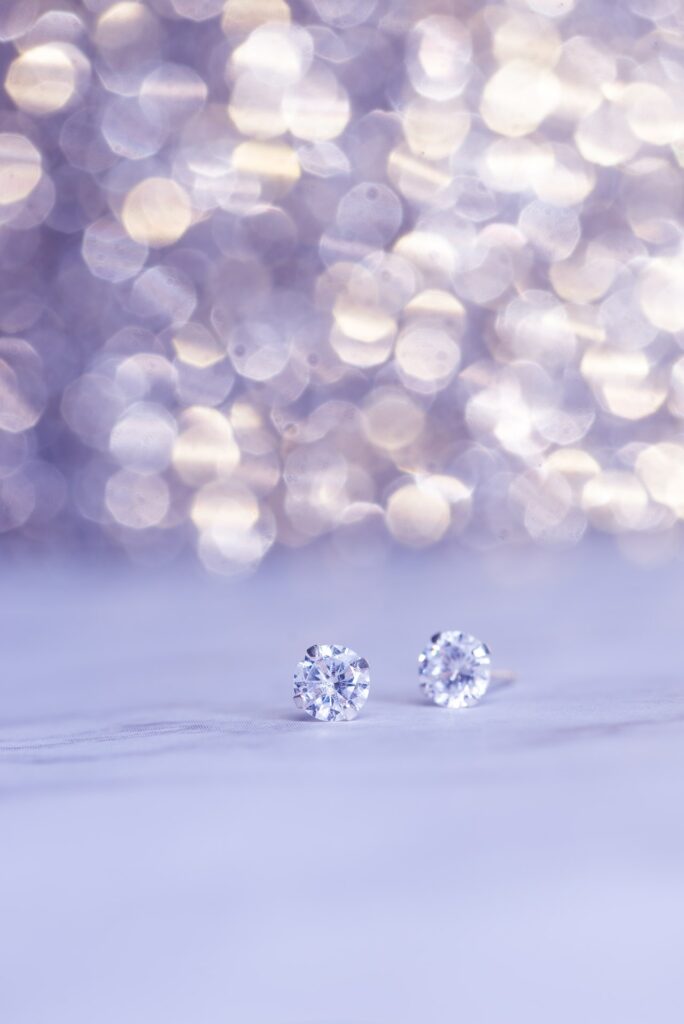The four Cs of choosing a fine diamond are Color, Clarity, Cut, and Carat Weight. Together these characteristics help determine the value of a diamond.
They also affect how much light is reflected from within the stone to give it its brilliance and sparkle.
Color: The color of a diamond can range from colorless to yellow or brown tones depending on how much nitrogen is present in the crystal structure. A completely colorless diamond is considered more valuable than one with tints of yellow or brown because it allows for more refraction and reflection of light, which gives the stone its sparkle. Diamonds graded D-F are considered “colorless,” while those rated G-J have slight traces of yellow that may be visible when examined closely but still appear white when viewed at normal viewing distances.
Clarity: The clarity grade measures any natural blemishes or inclusions inside the stone and surface imperfections, such as scratches or nicks caused by handling over time. Flawless diamonds (FL) have no internal inclusions visible under 10x magnification. Very Slightly Included (VSI) stones contain some minute flaws that cannot be seen without magnifying lenses designed specifically for gemology use.
Cut: This refers to both shape – round brilliant being the most popular – and symmetry. Proportioning and finishing details all contribute to how bright and vibrant a finished piece looks after polishing has been completed correctly by an experienced lapidary artist/jeweler. Poorly cut diamonds will not reflect enough light back out through their top surfaces causing them to look dull even if they possess excellent grades across other 3C categories.
Carat Weight: This refers to the actual physical size measured in metric carats (1ct = 0 205g). Larger-sized stones tend to command higher prices regardless of their quality levels due to the rarity factor. Bigger gems take longer to find compared to smaller ones so this compensates slightly for lower clarity grades sometimes found among large specimens. Costs incurred searching for them are significantly larger too. Generally speaking though, heavier pieces cost more money per gram weight than lighter counterparts.

